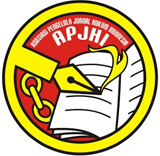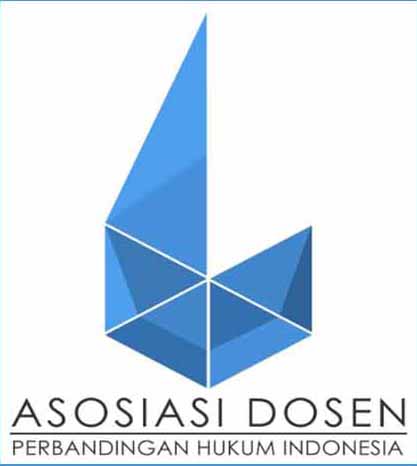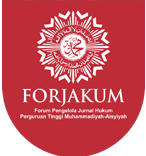Online Submissions
Already have a Username/Password for Jurnal Media Hukum?
Go to Login
Need a Username/Password?
Go to Registration
Registration and login are required to submit items online and to check the status of current submissions.
Submission Preparation Checklist
As part of the submission process, authors are required to check off their submission's compliance with all of the following items, and submissions may be returned to authors that do not adhere to these guidelines.
- The submission has not been previously published, nor is it before another journal for consideration (or an explanation has been provided in Comments to the Editor).
- The submission file is in OpenOffice, Microsoft Word, RTF, or WordPerfect document file format.
- Where available, URLs for the references have been provided.
- The text is single-spaced; uses a 12-point font; employs italics, rather than underlining (except with URL addresses); and all illustrations, figures, and tables are placed within the text at the appropriate points, rather than at the end.
- The text adheres to the stylistic and bibliographic requirements outlined in the Author Guidelines, which is found in About the Journal.
Copyright Notice
Authors who publish with JURNAL MEDIA HUKUM agree to the following terms:
Authors retain copyright and grant JURNAL MEDIA HUKUM right of first publication with the work simultaneously licensed under a Creative Commons Attribution-NonCommercial License. The intended of certain rights includes the right to publish, edit, reproduce, distribute, and share publicly the article in various forms and media both of electronic and/or physically, as well as translation. Nevertheless, we committed to respect the authors copyrights and license which includes:
- Author(s) retain the rights to use their research publication freely without any restriction;
- Receive credit and proper attribution for their published scholarly works;
- Re-use their own material in new works without permission or payment (with full acknowledgement of the original article);
- Publicly share the final published article through any social media;
- Distribute the article to their students/classroom and to research colleagues;
- Share publicly to their personal website or institutional repository without permission (with an acknowledgment to the Jurnal Media Hukum as an initial publisher).
Content License
![]()
This work is licensed under a Creative Commons Attribution-NonCommercial 4.0 International License.
You are free to:
Share — copy and redistribute the material in any medium or format
Adapt — remix, transform, and build upon the material
The licensor cannot revoke these freedoms as long as you follow the license terms.
Under the following terms:
Attribution — You must give appropriate credit, provide a link to the license, and indicate if changes were made. You may do so in any reasonable manner, but not in any way that suggests the licensor endorses you or your use.
NonCommercial — You may not use the material for commercial purposes.
No additional restrictions — You may not apply legal terms or technological measures that legally restrict others from doing anything the license permits.
Notices:
You do not have to comply with the license for elements of the material in the public domain or where your use is permitted by an applicable exception or limitation.
No warranties are given. The license may not give you all of the permissions necessary for your intended use. For example, other rights such as publicity, privacy, or moral rights may limit how you use the material.






















